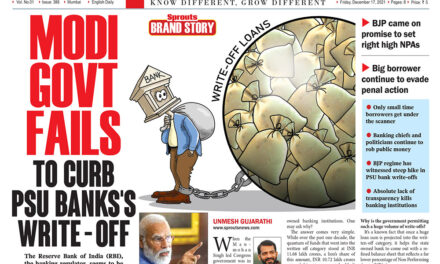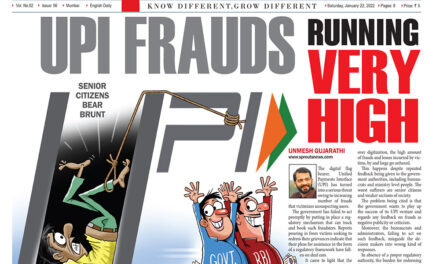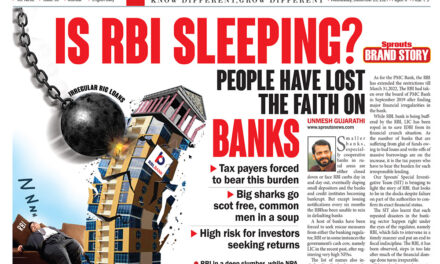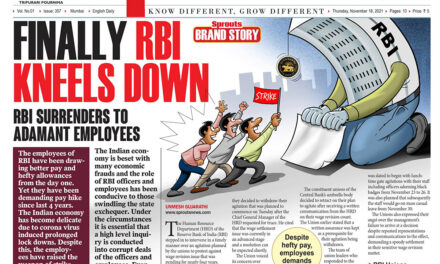If the reverse repo rate is increased by the regulator it would encourage commercial banks to deposit more money with the Central Banker and there would be less funds to circulate in the money markets. If, on the contrary, the RBI reduces the reverse repo rates, the banks will find it profitable to circulate money among its borrowers to earn more profits.
In short, the RBI’s decision on maintaining the reverse repo rate unchanged is a clear signal that it would not be any time soon before it adopts policy normalization, meaning the Central Bank was in favour of supporting the economy against growing retail inflation.
Till recently the retail inflation figures stood close to the upper limit of the current year’s target of 5.3%. The Central banker is now preparing to peg the retail inflation rate for the next fiscal year at 4.5%. The bond markets however, feared a disruptive trend owing to higher government borrowings that were detailed in the recent union budget.
The RBI’s move to maintain the reverse repo unchanged is viewed as supportive of its accommodative stance towards the economy “as long as deemed necessary”. It’s in the direction of a durable and broad-based recovery, financial experts opined.
At the same time, there were fears expressed about the requirement of sharper adjustments at a future point in time in case of any steep upward swing of inflationary figures. Currently the concern stems mainly because of increasing crude prices and also that of prices in the commodity market.
RBI treads cautiously on reverse repo rates
Rate normalization given time for recovery
Crude, commodities prices are of concern








